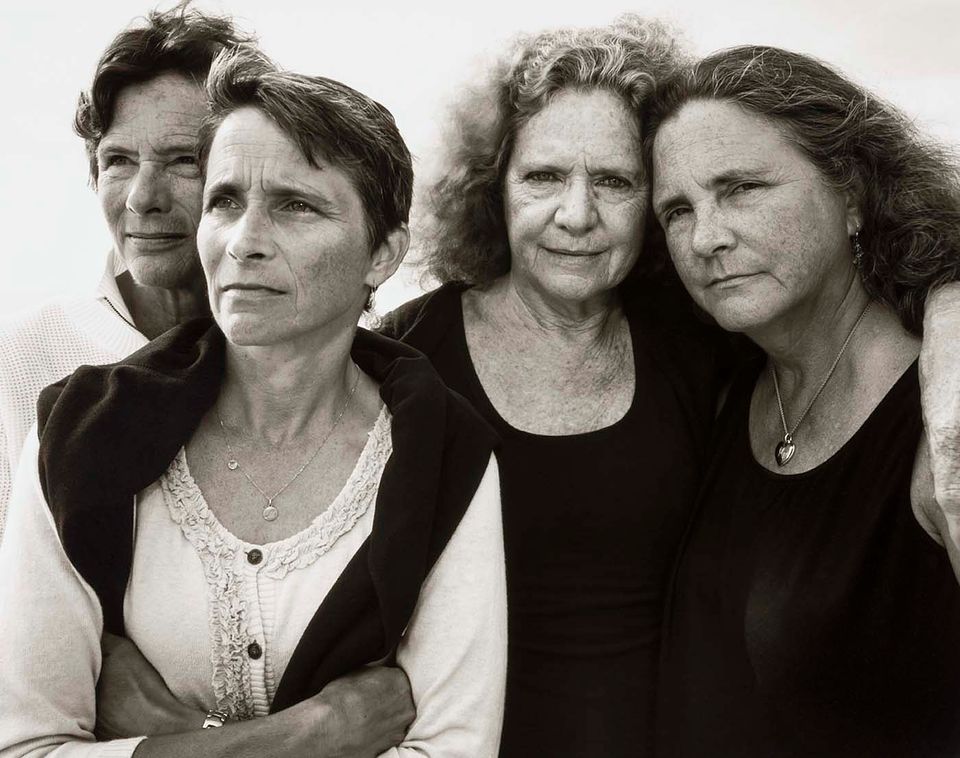

The museum recently acquired The Brown Sisters, an intimate series of forty photographs that spans four decades and captures the poignancy of family relationships and bonds between siblings. In 1975, Nicholas Nixon, a photographer known for his landscapes, took a photo of his wife Bebe and her three sisters Heather, Mimi, and Laurie during a family gathering. When Nixon repeated it the following year, he realized that there was something special happening, and asked the sisters if they’d pose each year. Ever since, he has photographed his wife and her sisters annually, always in the same order. "At a certain point it achieved a historical scale where Nixon realized that this is something that looks both forward and backwards and has a bigger grounding than just a picture of his wife's family," says John Jacob, McEvoy Family Curator of Photography at SAAM.
Nixon uses an 8 x 10 inch view camera and contact prints his negatives directly on to the photographic paper. "What I love about them is that he uses a very traditional technique of which he is the master. At the same time, it's combined with a snapshot aesthetic," adds Jacob. Unlike most of us with our cellphone cameras, Nixon is able to commemorate the moment on a historical scale.
Though we don't know anything about the Brown sisters just by looking, we get taken into a narrative that is about many things, including the passage of time. Four decades separate the first image from the last, and we stare intently into their faces, look at their expressions, and watch to see who leans into whom. What will happen next? Will there be more shadows than light? Like any moving work of art, it presents us with more questions than answers and has us thinking about our own lives. “We’re all aware of time passing and us not being aware of it as it’s passing,” said Nicholas Nixon in a recent interview regarding the series.
Thanks to a generous gift by Nion McEvoy in memory of Nan Tucker McEvoy the photographs are now part of the museum’s collection and are currently on view on the third floor.

















